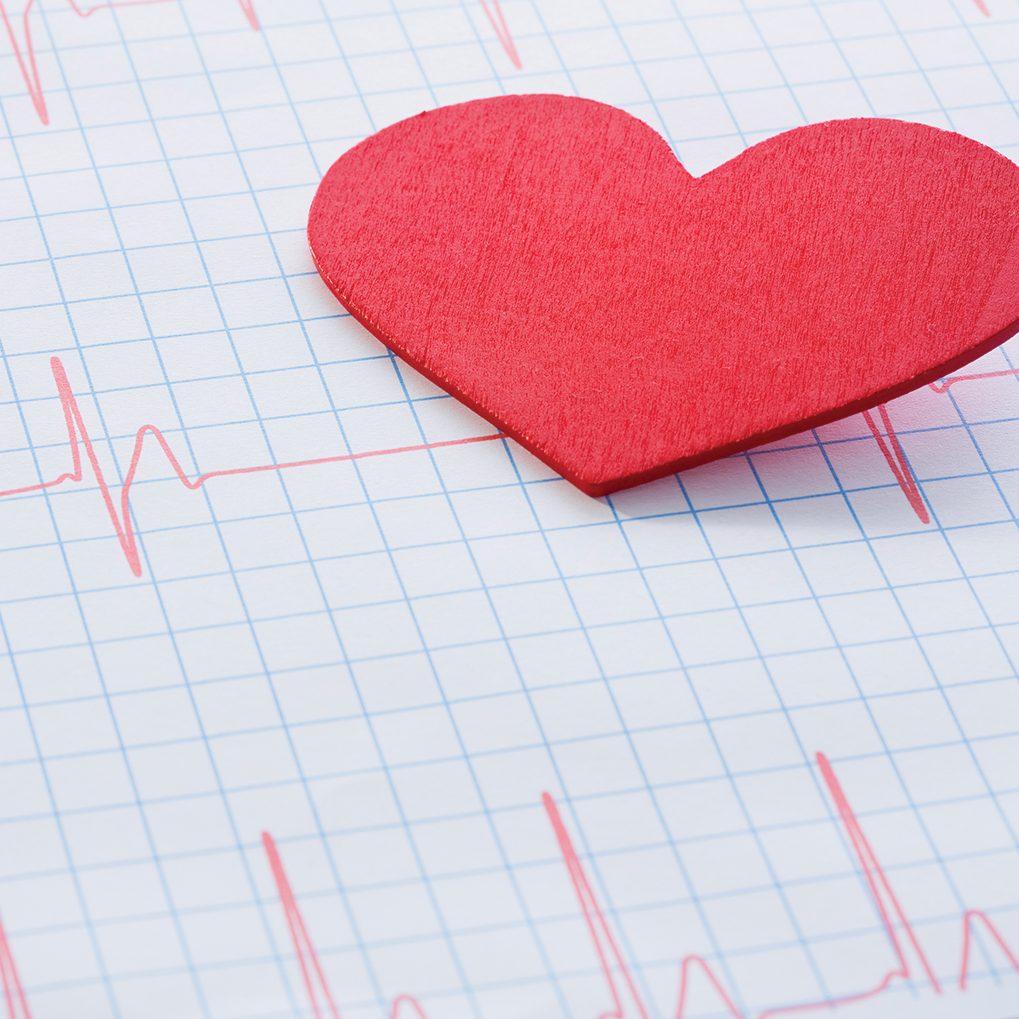Adults often lament a lack of time to incorporate exercise into their daily routines. Such difficulties are not exaggerated, as the demands of work and family, particularly for parents of young children with busy schedules of their own, can leave little time for daily workouts. Hectic schedules typically do not prevent older adults and seniors from exercising, but aging men and women may still confront some challenges as they aspire to be as physically active as possible.
Boredom with an exercise routine can adversely affect individuals’ motivation to be physically active. When that happens, even individuals with ample time to exercise, such as empty nesters ands seniors, may find it increasingly difficult to go to the gym or work out at home. In such situations, the more diverse a workout routine is, the less monotonous it can feel, and that lack of monotony can be enough to keep individuals up and moving. With that in mind, the following suggestions can help individuals diversify their workout routines so they remain engaged with physical activity.
Make Use of the Seasons
Exercise boredom can develop at any time of year, but disinterest in a workout routine might be especially likely when diversifying a regimen becomes more difficult. For example, the colder temperatures of winter can force individuals to do most if not all of their exercising indoors, which can grow monotonous over time. If exercising outdoors in winter is a nonstarter, then individuals can emphasize outdoor workouts throughout the rest of the year when the weather is more amenable. Incorporate hiking into your weekly routine in spring, summer and fall, and replace typical cardiovascular workouts on a treadmill or elliptical with bike rides when the weather allows. Individuals also can invest in gear to keep them warm so they can get outside to exercise after the mercury drops.
Skip the Circuit Workouts for more Specialized Regimens
Circuit workouts can be great for busy individuals without much time to exercise each week. Such workouts target various muscle groups in quick succession, which allows individuals to work out every muscle group even during weeks when time is limited. However, circuit workouts can be monotonous for people who have the time to exercise each day. In such situations, individuals can specialize their workouts so they target a different muscle group during each session. Doing so can diversify a workout to reduce boredom and may even decrease the risk of repetitive use injuries.
Embrace New Ways to Exercise
A gym with all the familiar weights, machines and cardiovascular equipment might be the first thing people think of when pondering exercise. And while gym memberships can motivate people to exercise, traditional fitness facilities are not the only places to break a sweat and be physically active. If a diverse workout regimen is your goal, consider incorporating yoga, Pilates and other less traditional forms of exercise into your routine. Many fitness facilities even offer such classes, and local communities also may feature standalone yoga studios or other establishments offering specific exercises.
Diverse workout routines can help people overcome the boredom and lack of motivation that can develop when regimens feature little variety.













